Madam Pang's "Golden Goal"
Before the Football Association of Thailand announced the new contract for the Thai League television rights, Thai football under the tenure of President Nualphan Lamsam (Madam Pang) had been going through some troubled days. The Football Association of Thailand lost the lawsuit against Siam Sports in the exploitation of the Thai League television rights from 2001 to 2016. This forced the leading organization of Thai football to pay up to 360 million baht (equivalent to 272 billion VND). For each month of late payment, the Football Association of Thailand had to pay 1.13 billion VND in interest, equivalent to 40 million VND in interest per day.
The story of Thai League television copyright is still the same. More than a year ago, 16 leading Thai clubs were nervous when the National Championship dropped dramatically. A bidding company offered 50 million baht for the television copyright of a broadcast season. This is a very low number, if compared with the historical flow surrounding this source of revenue that Thai League has. Remember that in 2017, Thai League reached the 900 million baht mark before reaching the 1 billion baht mark (2018). In 2019 and 2020, the value of Thai League increased impressively, reaching 1.1 - 1.2 billion baht. Obviously, Thai League clubs cannot rest assured, in the face of the situation that television copyright revenue has decreased at least 20 times compared to the peak period.
Not stopping there, 2 days before the new television rights were granted, the Thai League experienced a stir. A series of clubs intended to break away, separate from the control of Madam Pang and the Football Association of Thailand, and organize their own tournaments due to dissatisfaction with the way the leading football organization of the land of golden pagodas operates.
Faced with a series of bad news, Madam Pang finally had a golden goal to save herself and the Football Association of Thailand. On June 7, this organization announced the signing of a new television copyright contract for the Thai League. Accordingly, within a period of 4 years, up to the end of the 2028/29 season, the two highest divisions of Thailand will receive 1.4 billion baht (about 1,120 billion VND). On average, each season, Thai League 1 and 2 will receive 350 million baht. This number is not higher than the "KPI" of 500 million baht that many Thai clubs expected before, when the Football Association of Thailand invited bids. But anyway, it is still large enough to help each team have an additional source of income that is good enough to develop internal strength and participate in buying and selling in the transfer market.
More specifically, this event also helped the Football Association of Thailand stop the secession idea from some extremist teams. “We are listening and studying the plans to restructure the professional competition system. But no model has been approved yet. My task is to manage professionally,” Madam Pang breathed a sigh of relief after the “golden goal in the 90th minute”.

Example for V.League
Madam Pang said that there were 3 companies participating in the auction and the negotiation process lasted for 5-6 rounds before reaching a final agreement. Unlike other deals that are usually kept confidential, Madam Pang made public the entire contract value after signing, and affirmed that she would ask the partner to extend for 2 more years (years 5 and 6) at the same price.
The important thing that helps Thai League clubs agree with the new deal brought by the Football Association of Thailand is profit. It is known that a part of the revenue from television copyright will be shared with teams in Thai League 1 and 2. In which, each team in Thai League 1 receives 15 million baht (about 12 billion VND), while Thai League 2 teams are supported with 4 million baht (about 3 billion VND). As mentioned above, this amount of money partly supports clubs to improve their resources based on transfer activities or infrastructure renovation. Like an endless loop, the value of Thai League is therefore at the top of the current Southeast Asian football league system.
In connection with the V.League itself, Vietnam's national championship also had a television copyright revolution 3 years ago. At that time, in 2022, Vietnam Professional Football Joint Stock Company (VPF) and FPT Play announced a strategic cooperation. Like the Thai league system, FPT Play owns the television copyright package from V.League, National First Division to National Cup, from 2023 to 2027. In return, the figure for each season is 60 billion VND.
Compared to the period from 2016-2022, when the old partner owning the television copyright paid only symbolic benefits, the fact that the Vietnamese professional league (including V.League) has revenue from television copyright is a historic step forward. However, compared to what the Thai League will achieve in the coming period, the revenue from television copyright of V.League is still 4 times less! That partly reflects the modesty in the attraction of V.League, when compared to Thai League, even though the commercial value of Thailand's number 1 tournament has decreased significantly compared to its heyday.
What does V.League need to learn from Thai League?
Club interests are the key to the above answer. In fact, V.League teams often have to sacrifice their interests, revolving around the annual competition schedule. Because there is always a break lasting at least 1 month in each V.League season, to create conditions for the U22 or National Team to compete in the AFF Cup or SEA Games.
Invisibly, the V.League's operation was disrupted. The clubs themselves were forced to play before and after the tournament. The risks of injuries to key players or increased financial resources due to the long season were things that the clubs had to face. As a result, the interest of fans in the tournament was also negatively affected. Foreign sponsors were cautious with the V.League. Domestic "donors" also only made low-value offers for this tournament. Even with television copyright, FPT Play only gave a figure of 60 billion for the V.League, although representatives of the clubs and VPF expected a larger amount.
Obviously, the value of V.League is at a low level. It comes from the fact that the clubs that make up the tournament are not guaranteed their rights and do not fight for what they should enjoy more. Unlike the harshness coming from Thai League, the bosses and representatives of the V.League team management still agree to long breaks, even though the SEA Games and AFF Cup systems are not included in FIFA Days.
Source: https://cand.com.vn/the-thao/ban-quyen-truyen-hinh-thai-league-va-bai-hoc-cho-v-league-i770982/


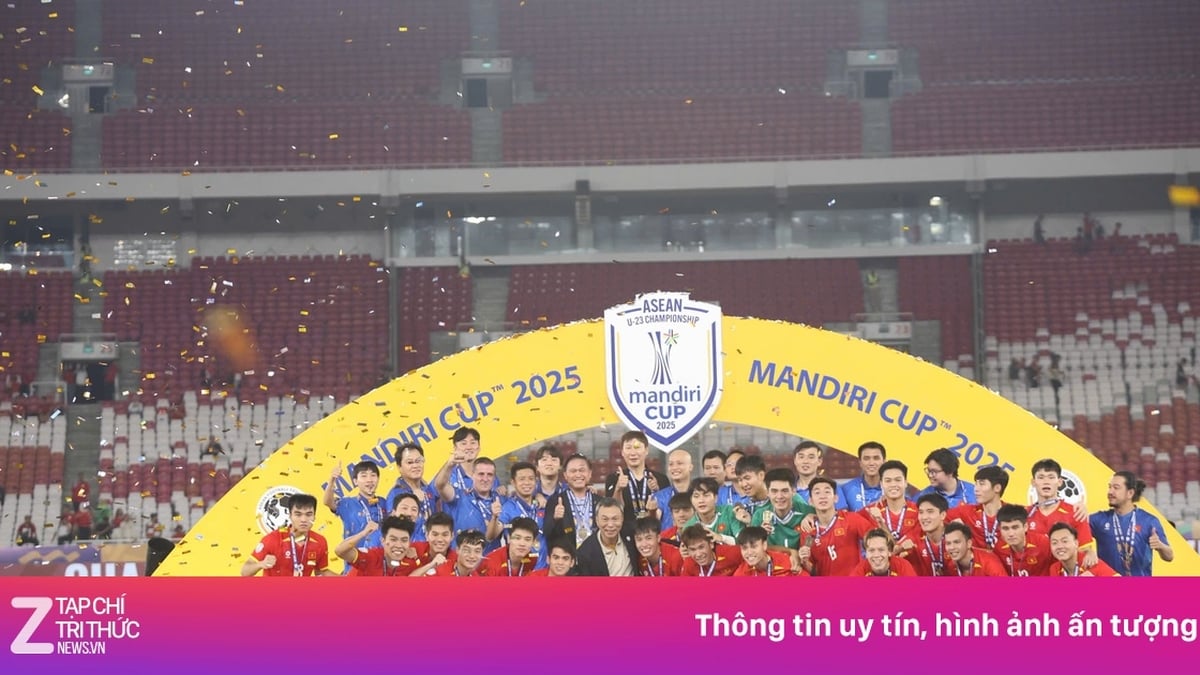


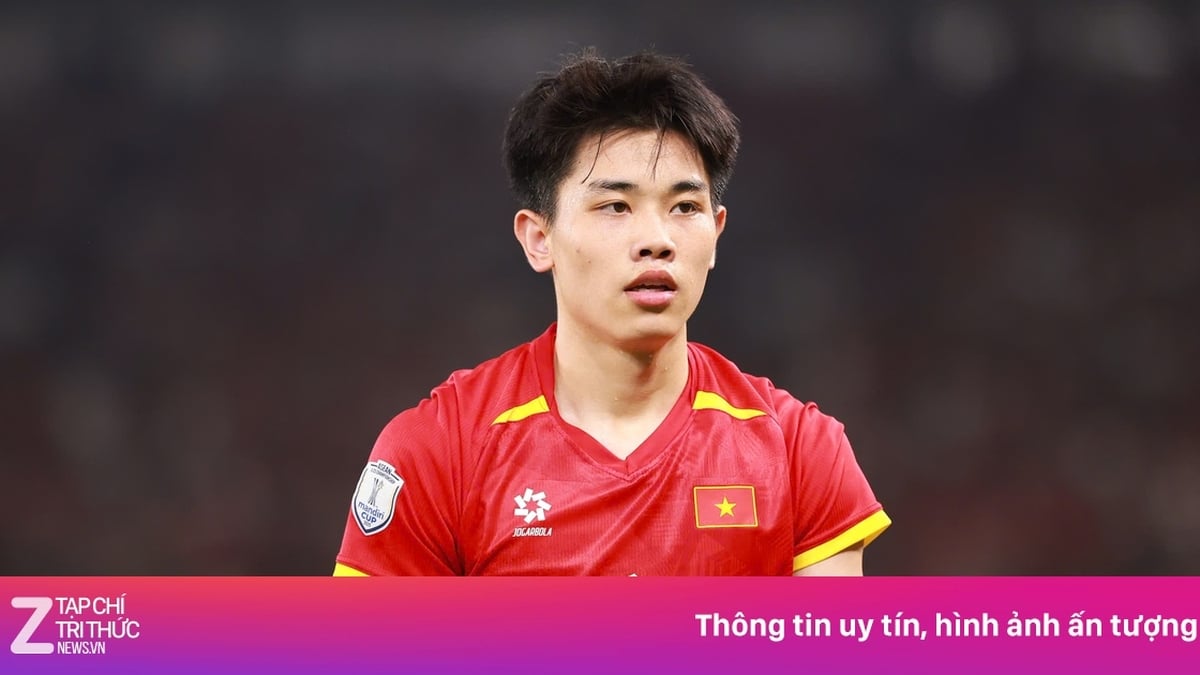
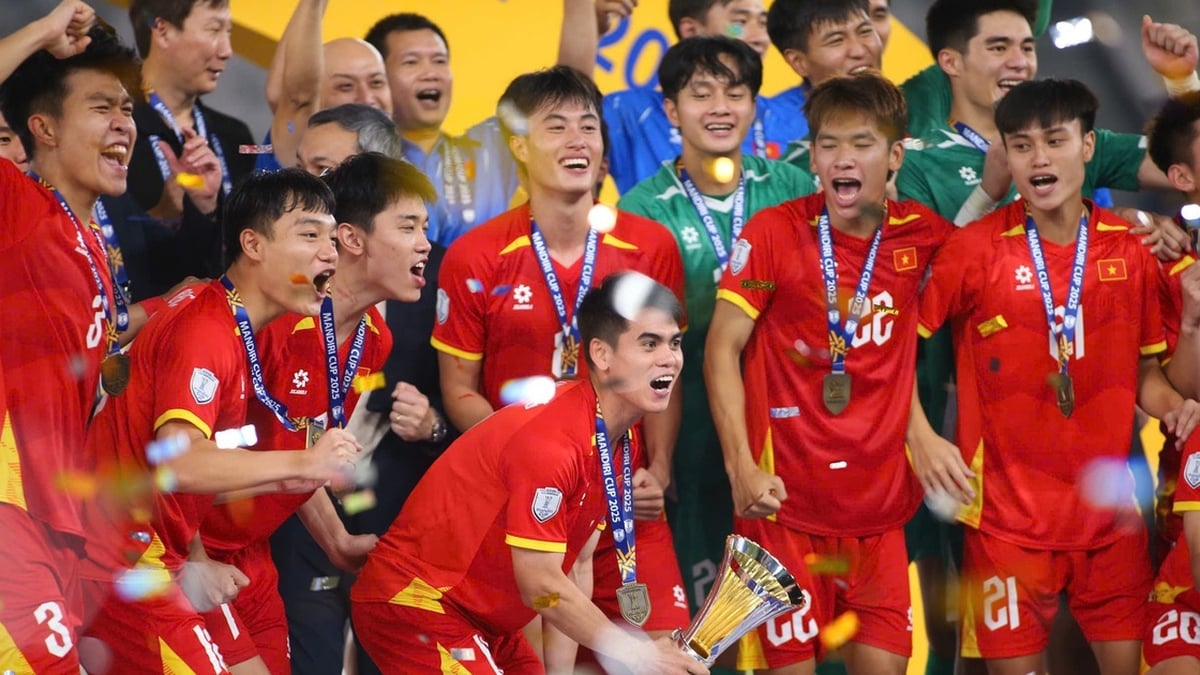
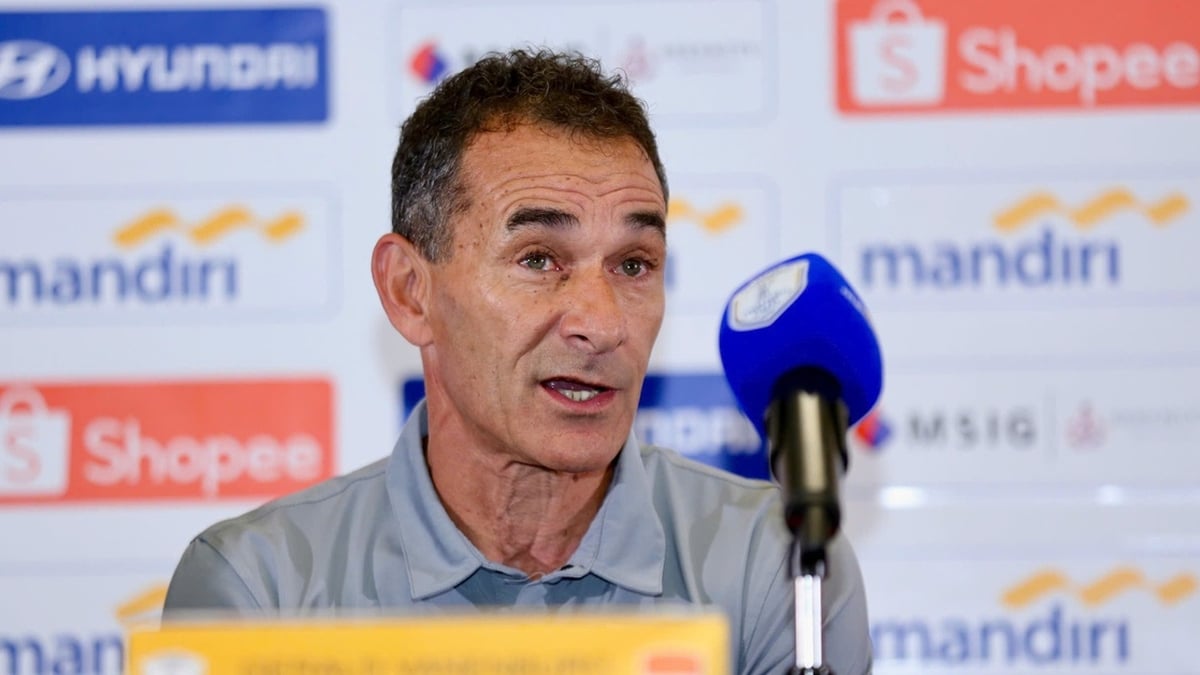

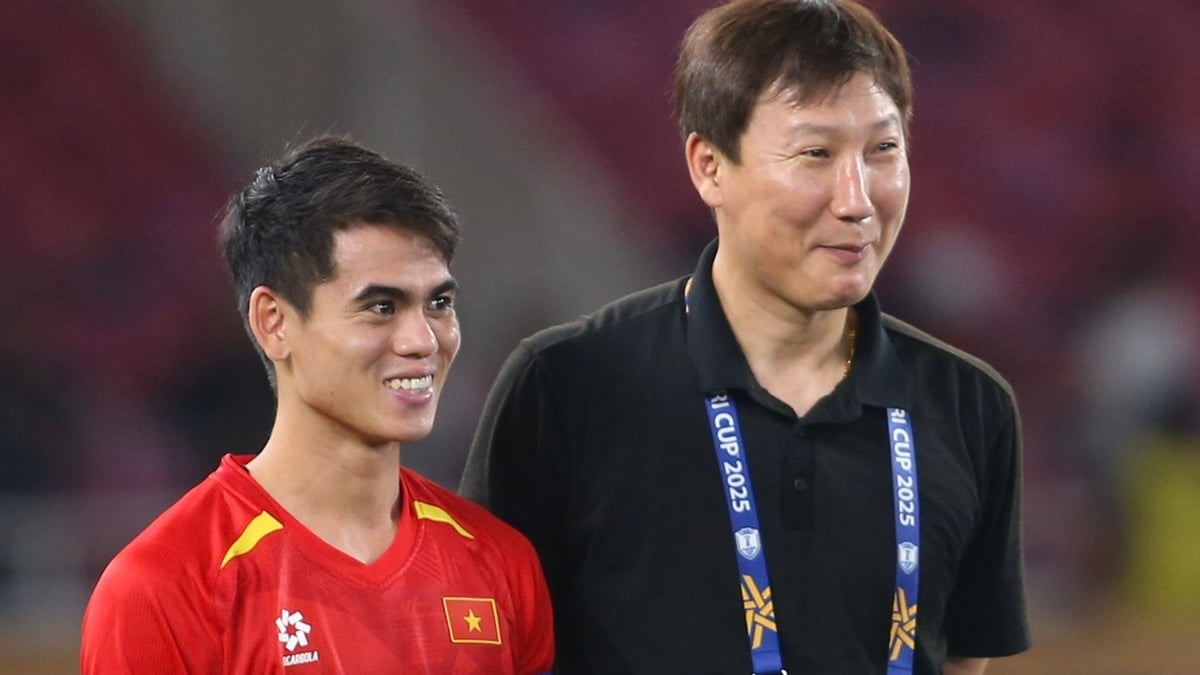

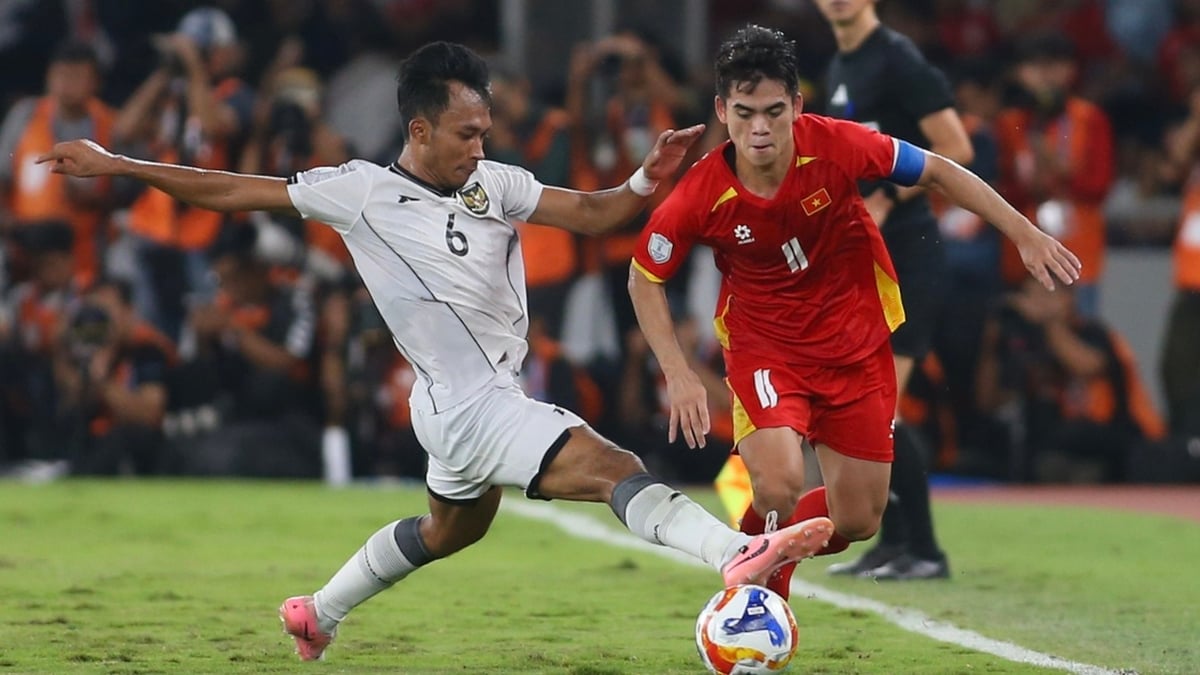
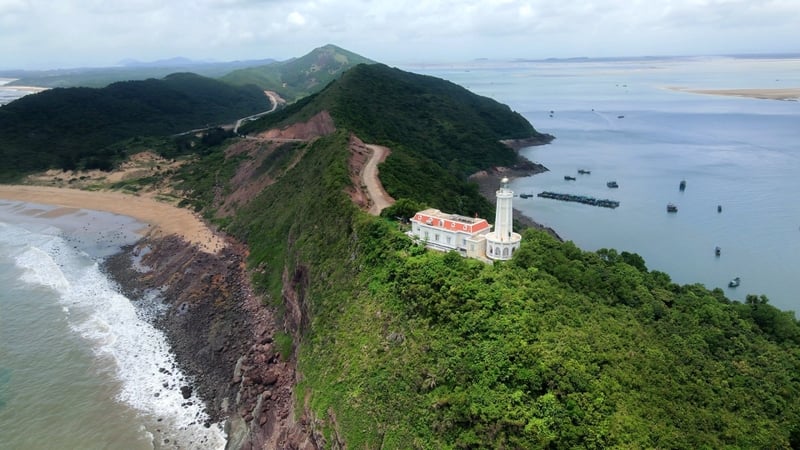









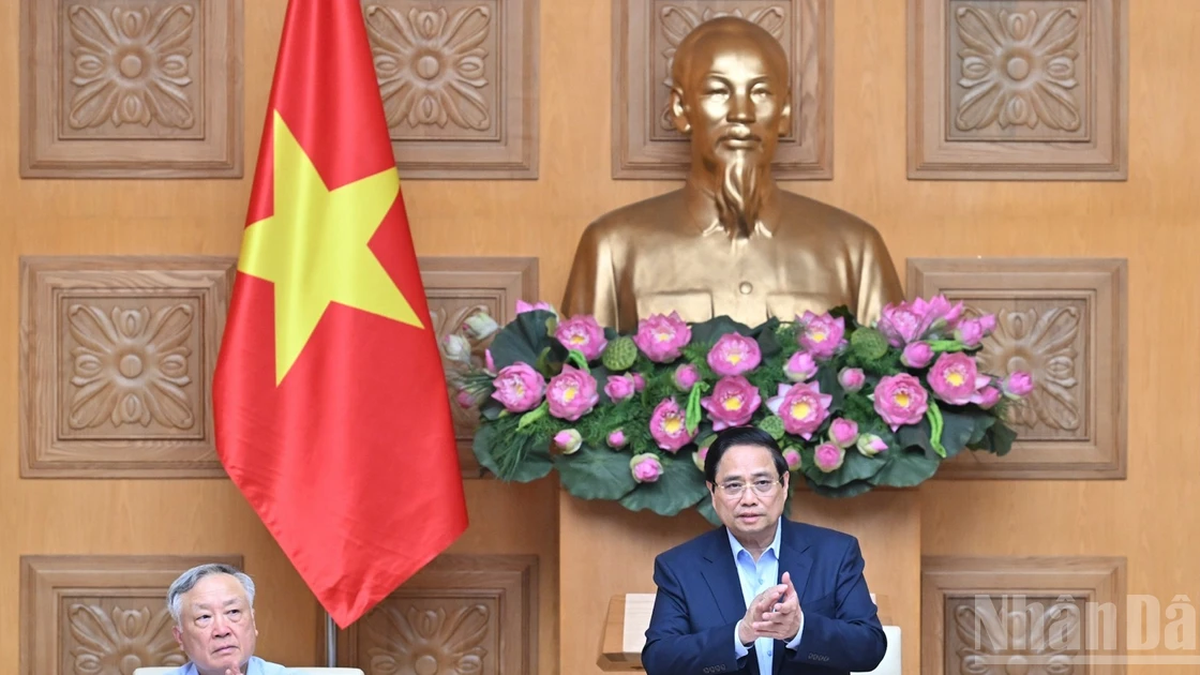

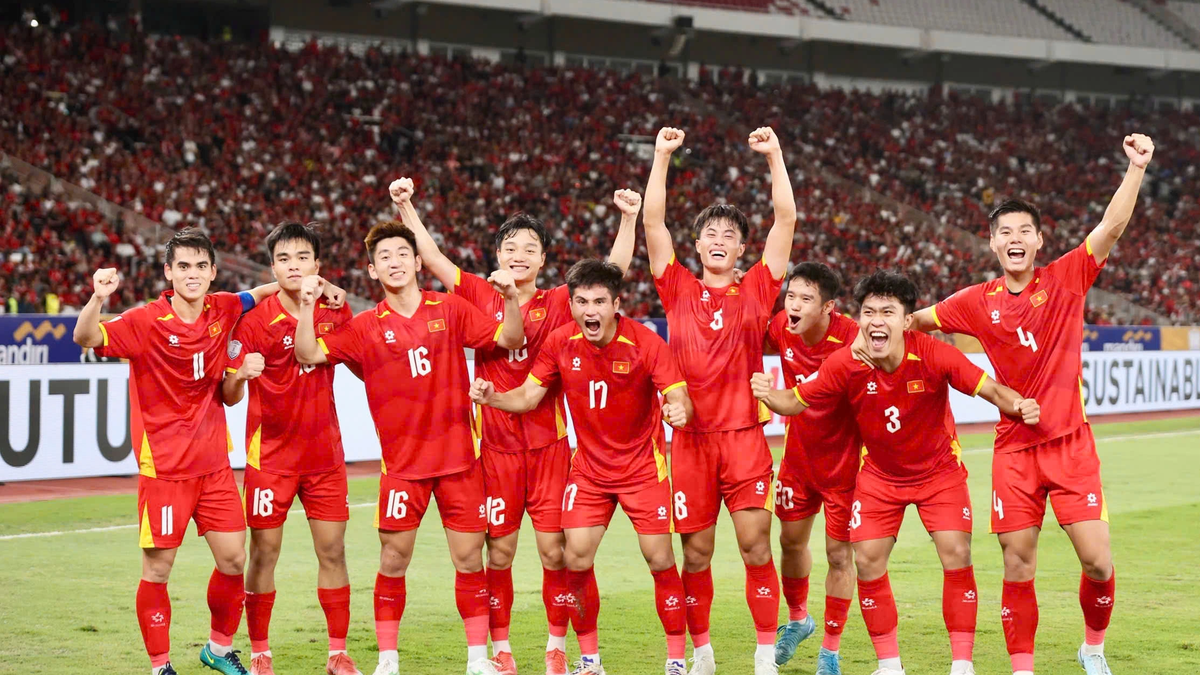
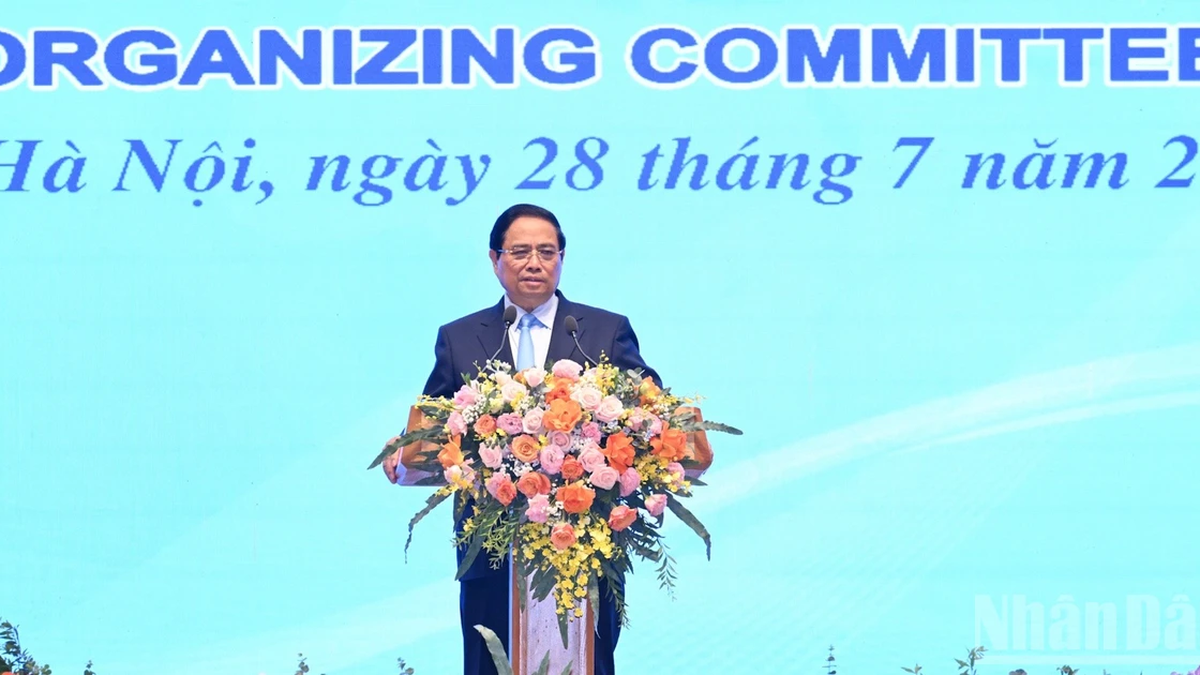

![[Photo] National Assembly Chairman attends the seminar "Building and operating an international financial center and recommendations for Vietnam"](https://vphoto.vietnam.vn/thumb/1200x675/vietnam/resource/IMAGE/2025/7/28/76393436936e457db31ec84433289f72)



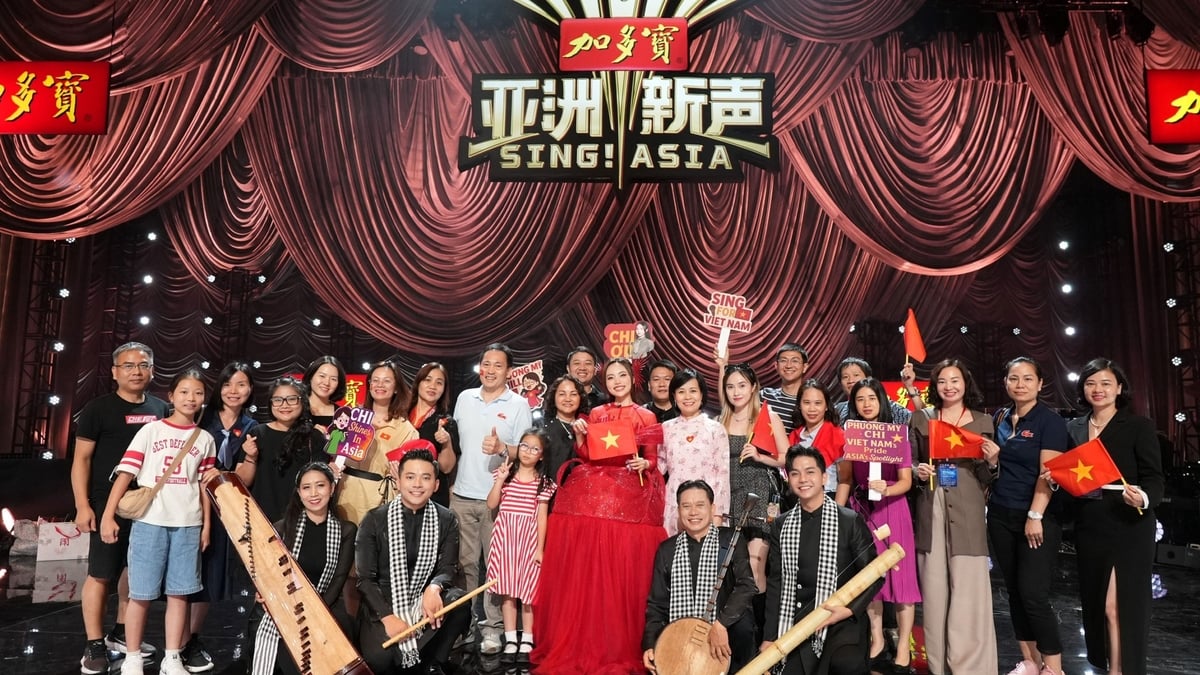




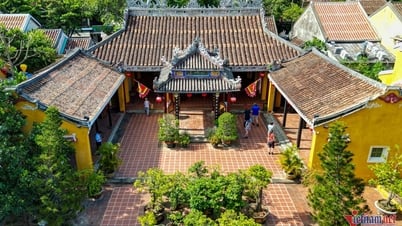





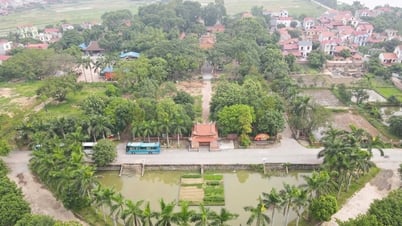
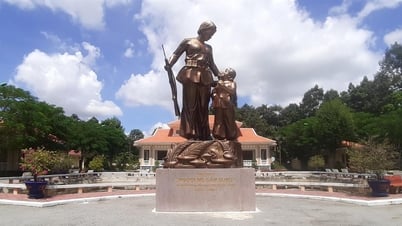
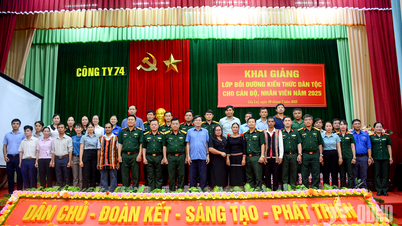





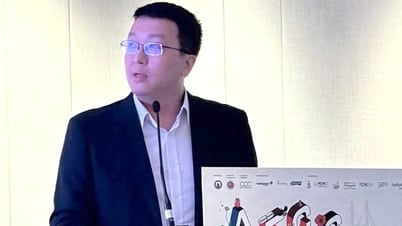

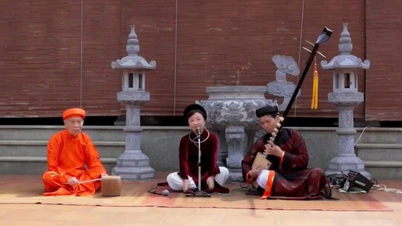
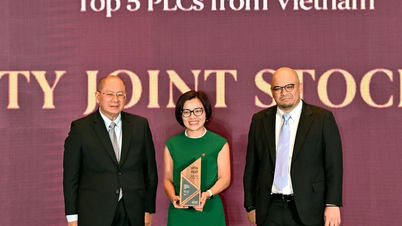

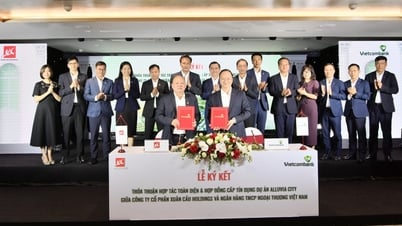




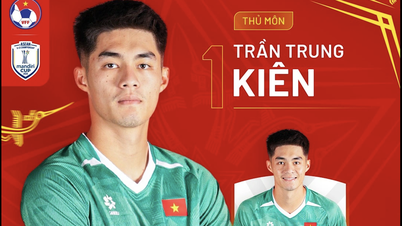

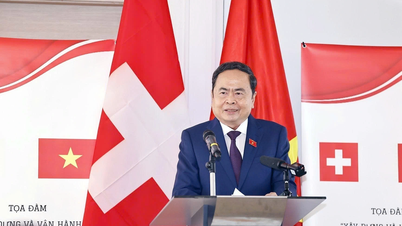


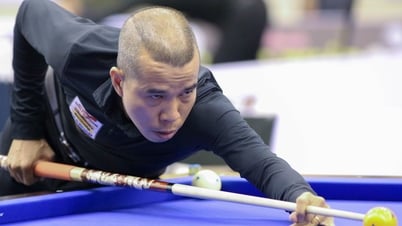
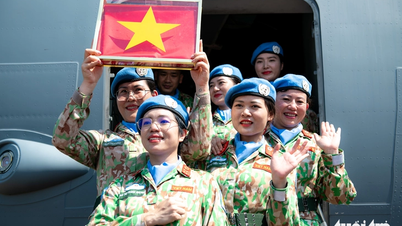
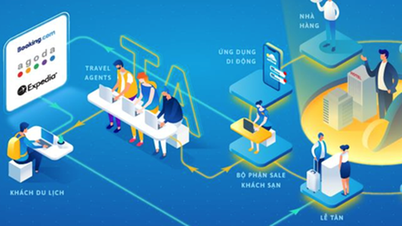

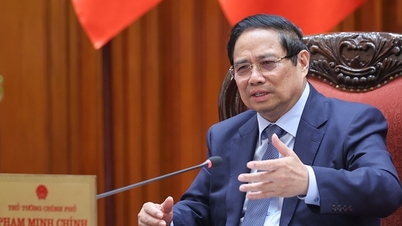
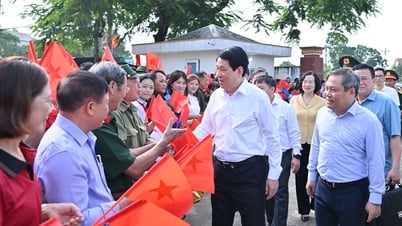

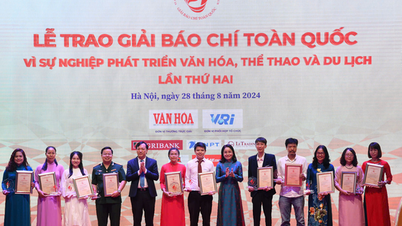
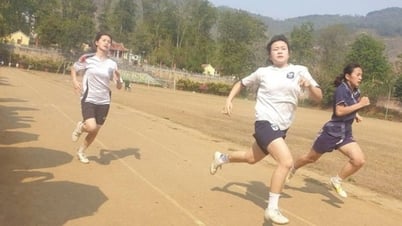
















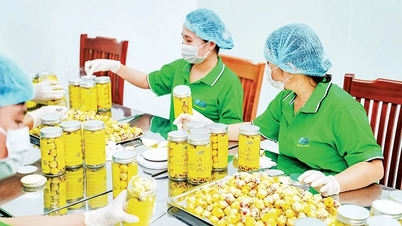





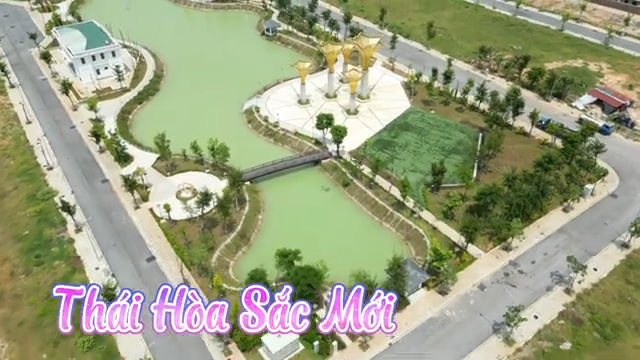



Comment (0)